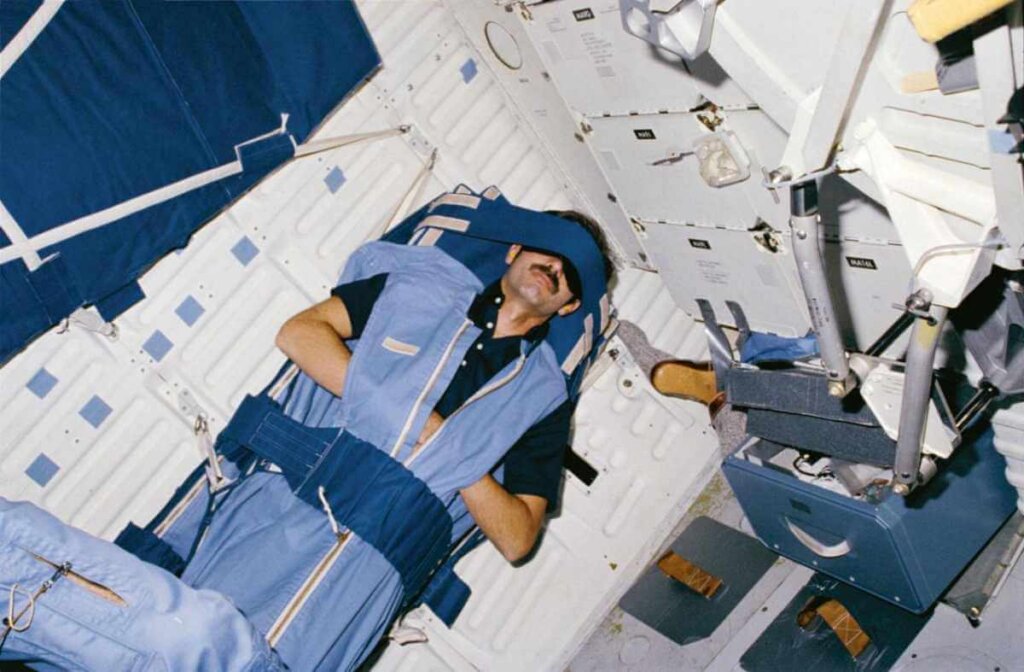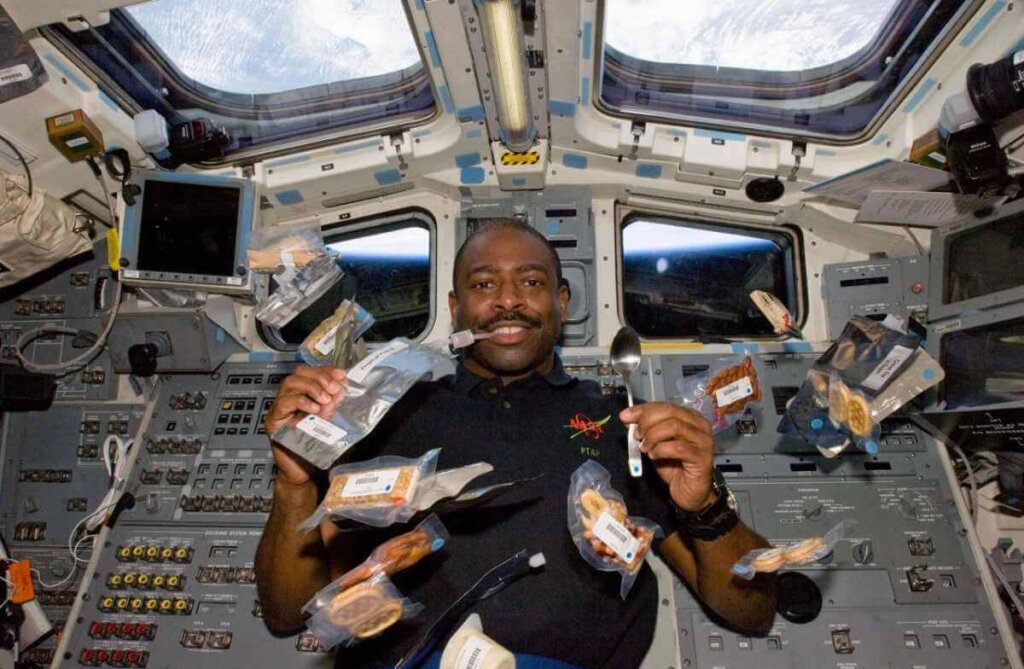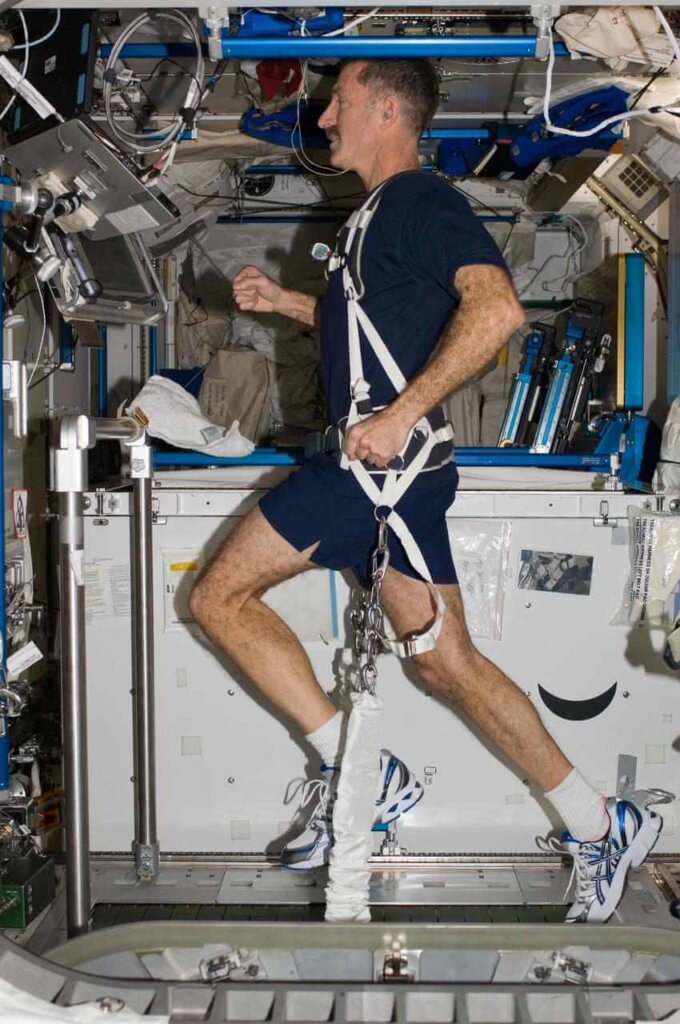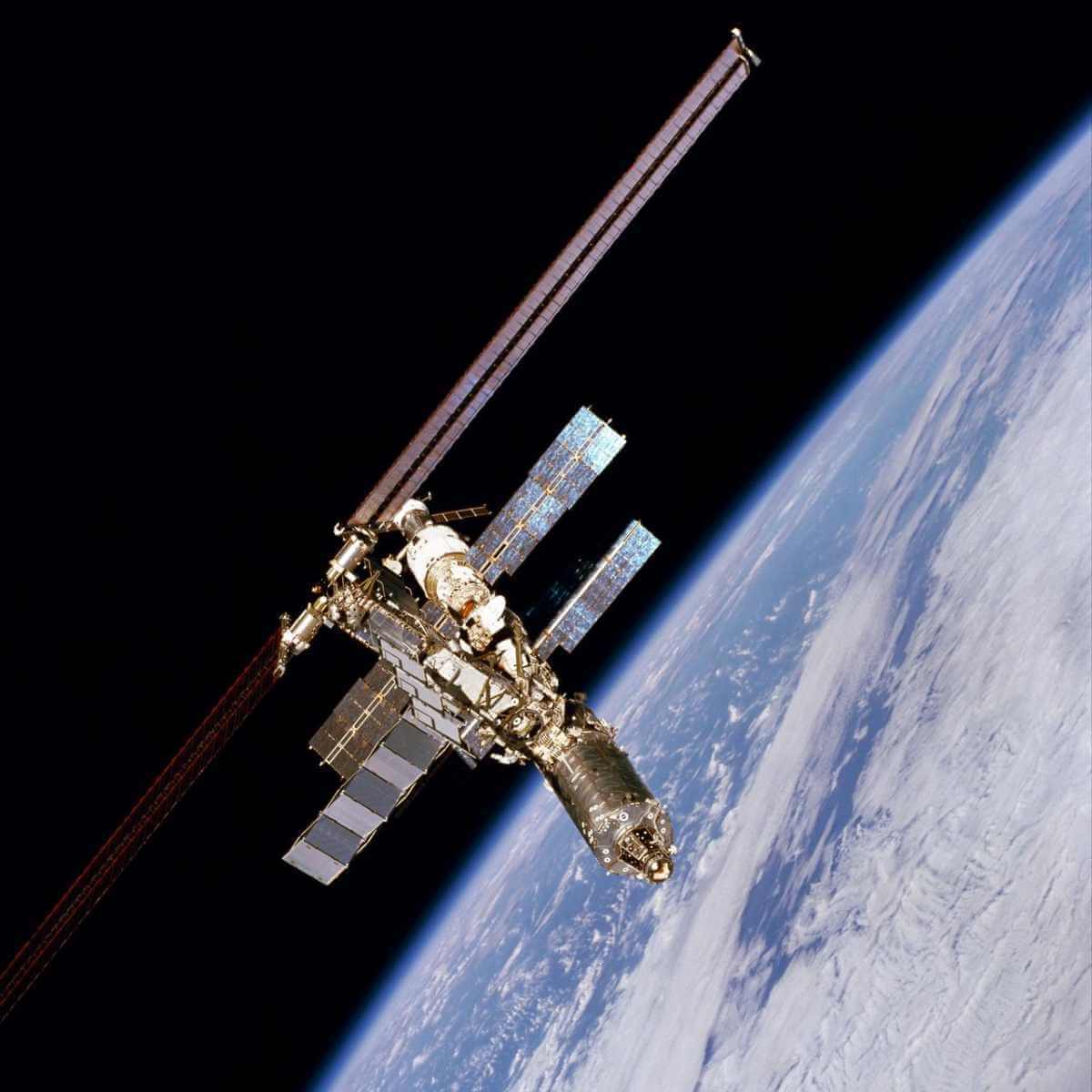Living in space is truly an out-of-this-world experience that only a handful of astronauts have had the opportunity to enjoy. From floating around in zero gravity to performing groundbreaking research, life in space is nothing short of extraordinary. But have you ever stopped to wonder how do astronauts live in space? Let’s delve deeper into astronauts’ daily routines and challenges while living and working in space.
Preparing for Life In Space
Astronauts have to learn the ins and outs of spacecraft systems. After all, they’ll be aboard these high-tech vessels for months, so they must know how everything works. This involves understanding the various controls, instruments, and equipment they encounter during their missions. It’s like learning to drive but way more complex!
Emergency procedures are another essential aspect of their training. Space can be a pretty unpredictable place, so astronauts need to be prepared for any potential hiccups. This means they must be well-versed in first aid, fire suppression, and even handling a sudden loss of cabin pressure.
Adapting to a Zero-Gravity Environment
Adapting to a weightless environment is an essential part of astronaut training. They must become comfortable moving around without gravity and adjust to the physical changes in space, like fluid redistribution and muscle deterioration.
To mimic microgravity, astronauts practice in neutral buoyancy pools and on the “Vomit Comet,” an airplane that executes parabolic flights.
Where Do Astronauts Live In Space?
International Space Station (ISS) is a fantastic space residence and a collaborative effort between multiple countries, including the United States, Russia, Canada, Japan, and the European Space Agency. Not only does it serve as a home away from home for astronauts, but it’s also a fantastic research laboratory and observatory.

Space is limited (no pun intended), so astronauts need to make the most of their available space. Their “bedrooms” are small sleeping pods, just big enough to fit a sleeping bag, some personal items, and a laptop for communication. It might seem a bit cramped, but space feels a bit different when you’re floating in microgravity. Astronauts even say that sleeping in space is quite comfortable!
International Space Station and Research
Did you know that the ISS is one of the world’s most unique and valuable research facilities? Scientists on Earth can conduct experiments in microgravity, thanks to the astronauts on board. They study various topics, from human health in space to materials science, fluid dynamics, and even fire behavior in microgravity. The knowledge gained from these experiments benefits space exploration, improves our understanding of the world, and has practical applications back on Earth.
And let’s not forget about the ISS as an observatory. With its unique vantage point, the ISS offers stunning views of Earth and the cosmos. Astronauts use specialized instruments to observe our planet, monitor natural disasters, and track environmental changes. They also can observe celestial events and objects that are difficult to see from Earth.
Living on the ISS is quite an experience, from adjusting to microgravity to maintaining the complex systems that keep the astronauts alive and well. They must exercise regularly to counteract muscle and bone loss, eat a carefully planned diet, and follow strict schedules to stay healthy and productive. And when they have some downtime, they can enjoy the breathtaking view of Earth or chat with their loved ones back home via video calls.
Eating and Drinking In Space
In the early days of space exploration, astronauts had to make do with basic, unappetizing meals. They often consumed semi-liquid foods squeezed from tubes or dry, cube-shaped morsels. Thankfully, food technology has come a long way since then, and astronauts can now enjoy a much wider variety of tasty meals.
Today’s space food is carefully designed to provide all the essential nutrients and calories astronauts need to stay healthy and energized. Meals are either dehydrated (meaning all the water content is removed) or thermo-stabilized (cooked and sealed in a package to preserve freshness). To prepare their meals, astronauts add water to rehydrate the food or heat the package, depending on the type of food.

Now, let’s talk about the process of eating and drinking in space. As you can imagine, things can get a little tricky without gravity! For example, astronauts have to cut open food packages with scissors and often eat with a fork or spoon. In addition, they must be careful to avoid letting food float away, which could create a mess or even pose a hazard to the delicate equipment on board.
Drinking is also quite different in space. Can you imagine trying to sip a glass of water without gravity? It would be quite a challenge! That’s why drinks are stored in special containers with built-in straws. These containers are designed to prevent liquids from escaping and causing trouble in the weightless environment.
Staying Healthy In Space
When it comes to physical fitness, regular exercise is crucial for astronauts. They need to counteract the adverse effects of microgravity, such as muscle atrophy (weakening) and bone density loss. Thankfully, the ISS is well-equipped to help them maintain their fitness during their stay in space. There are treadmills, stationary bikes, and even resistance machines on board. Astronauts exercise for about two hours daily to keep their bodies strong and healthy.

Living in Space and Mental Health
Living in space can be an isolating experience, and maintaining mental health is just as important as staying physically fit. Astronauts have several ways to stay connected with their loved ones and maintain a sense of normalcy. They participate in regular video conferences with family and friends, which is always an excellent morale booster. Plus, they can access movies, books, and music to help them unwind and relax after a long workday.
If astronauts need additional support, psychological professionals are available on Earth to provide guidance and assistance. This ensures that astronauts have access to the resources they need to maintain their mental health and well-being throughout their mission.
Working In Space
Sometimes, astronauts must venture outside the ISS to perform maintenance, install new equipment, or even retrieve scientific experiments. These outings are called spacewalks or extravehicular activities (EVAs). Sounds thrilling, right? But it’s not as simple as just stepping out of the ISS for a casual stroll. Astronauts must wear specialized suits that provide oxygen, temperature control, and protection from the harsh space environment. These suits are like personal spacecraft, ensuring astronauts can survive and work effectively on their spacewalks.
One of the primary goals of the ISS is to conduct research in a microgravity environment. This unique setting allows astronauts to experiment in various fields, including biology, physics, and materials science. The findings from these experiments can lead to breakthroughs and advancements that might not be possible on Earth. How amazing is that?
Some examples of research conducted on the ISS include studying the effects of microgravity on the human body, growing plants in space, and observing how fluids and materials behave without the influence of gravity. The knowledge gained from these experiments benefits future space missions and can have practical applications back on our home planet.
Final Thoughts
How do astronauts live in space? Well, astronauts truly lead extraordinary lives in space, overcoming unique challenges and making vital contributions to scientific research. From the rigorous training they undergo before leaving Earth to their daily routines while in orbit, their experiences offer a fascinating glimpse into life beyond our planet.
It’s incredible to think about everything they achieve while floating in microgravity, from conducting groundbreaking experiments to keeping themselves physically and mentally fit. And who knows? Maybe one day, you or I will have the chance to experience this incredible adventure!

